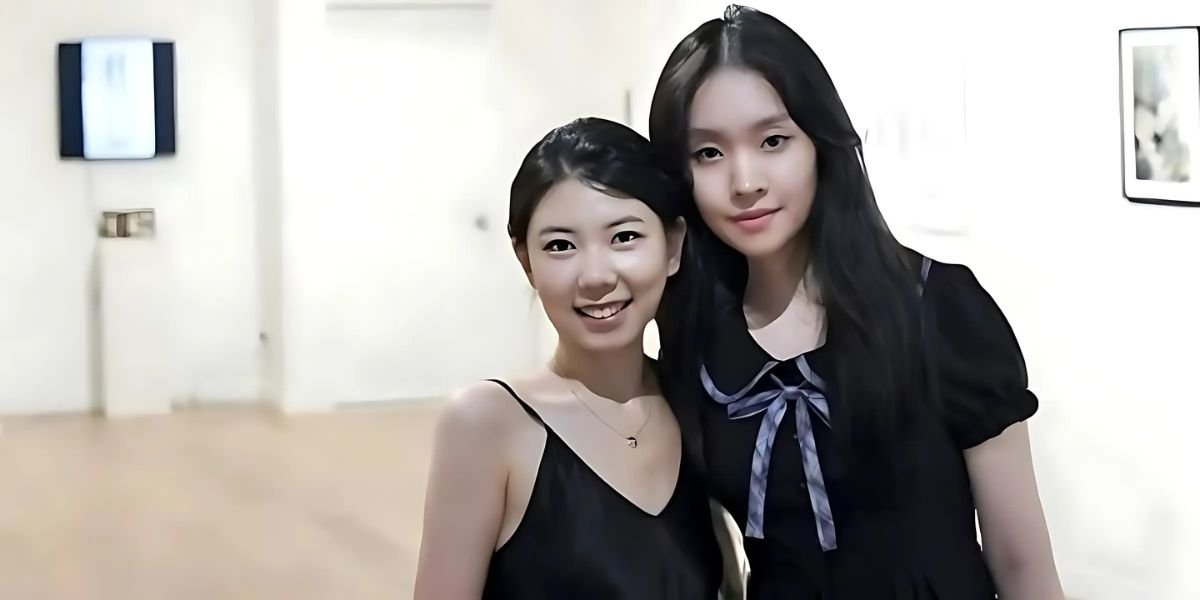For centuries, acting was often perceived as a craft of external mimicry, a skillful reproduction of emotions and gestures for an audience. However, a revolutionary shift in understanding performance came with the insights of Constantin Stanislavski, particularly through his enduring work, “An Actor Prepares.” At the heart of his transformative system lies the concept of the inner creative state, an overarching theme that profoundly emphasizes an actor’s psychological preparation. Stanislavski argued convincingly that genuine acting springs from deep within an individual, emerging from an authentic internal readiness, rather than from superficial imitation or artificial display. This profound internal shift allows actors to transcend mere portrayal, achieving a level of truthfulness that deeply resonates with an audience.
Read also: Xue Ding Wins Gold at European Classical Music Awards 2025 with Masterful Bartók Performance
Beyond Imitation: Defining the Inner Creative State
The journey towards authentic performance begins with a clear understanding of what the inner creative state truly entails, and perhaps more importantly, what it is not. It is not about an actor simply mimicking an emotion, forcing a tear, or adopting a prescribed posture because the script dictates it. Such external mimicry, Stanislavski suggested, often leads to performances that feel hollow, unconvincing, and devoid of genuine human experience. Instead, the inner creative state refers to a profound psychological and emotional readiness within the actor, a specific mental and physical alignment that allows for spontaneous, truthful, and deeply felt responses to the imaginary circumstances of a play. It is a state of heightened awareness and receptivity, where an actor’s inner world is primed to engage with the character’s reality.
This state is characterized by a harmonious balance between the actor’s conscious control and unconscious impulses, allowing for a flow of genuine thought and emotion. It is a dynamic condition where the actor is fully present, not merely performing actions, but truly living through the character’s experiences. The aim is to achieve a state where the actor’s mind and body are free from self-consciousness and tension, creating an open channel for authentic expression. When an actor is truly immersed in this inner creative state, their actions and reactions on stage become believable, nuanced, and emotionally resonant, because they stem from an honest internal process rather than an imposed external facade. This commitment to internal truth is what elevates acting from mere presentation to a powerful exploration of the human condition.
Cultivating the Foundation: Key Elements for Psychological Readiness
Achieving the coveted inner creative state is not a mystical occurrence but the result of diligent psychological and physical training, building upon several interconnected foundational elements. One such crucial element is the cultivation of a vibrant imagination. Stanislavski posited that an actor must be able to believe in the imaginary circumstances of the play as if they were real. A cornerstone technique for this is the “Magic If,” where an actor asks themselves, “What if I were in this situation?” This simple yet powerful question allows actors to personally engage with the given circumstances, stimulating their own thoughts, feelings, and impulses as if they were truly experiencing the character’s reality. This imaginative empathy is crucial for stepping into the character’s shoes without losing one’s own identity.
Another vital component is concentration of attention. In the often distracting environment of a theatrical stage, an actor must possess the ability to focus their attention completely on their scene partners, the stage environment, and their character’s objectives, without being pulled away by the audience or external noise. Stanislavski described this through the concept of “circles of attention,” where an actor learns to narrow their focus from a wide, encompassing awareness to a precise, intimate attention on specific objects or individuals within the scene. This disciplined focus helps to shut out distractions, deepen immersion in the character’s world, and foster genuine interaction with other performers.
Equally important is the relaxation of muscles. Stanislavski observed that physical tension is a significant barrier to authentic emotional expression and natural, fluid movement. When an actor’s body is tense, their emotions can become blocked, and their movements appear unnatural or strained. Actors are taught systematic exercises to identify and consciously release muscular tension throughout their bodies. This process of physical freedom allows for emotional impulses to flow unhindered, making the body a responsive and expressive instrument of the inner creative state. Without a relaxed body, the internal work, however profound, cannot translate into believable external action. These three elements—imagination, concentration, and relaxation—work in concert, laying the essential groundwork for an actor to access and maintain that vital inner creative state.
The Role of Belief and Purpose: Faith and Objectives in Performance
Beyond the foundational elements, two pivotal concepts—faith in the imaginary and the pursuit of objectives—provide the necessary drive and direction for the inner creative state to manifest fully in performance. Faith and a sense of truth refer to the actor’s unwavering belief in the reality of the imaginary circumstances presented by the play. This is not about self-delusion, but about a profound commitment to acting “as if” the imagined world is real. When an actor truly believes in the truthfulness of the given circumstances, their reactions become authentic, spontaneous, and genuinely felt, rather than being forced or simulated. This internal conviction is contagious, allowing the audience to suspend their disbelief and fully immerse themselves in the world of the play. It’s the actor’s capacity to convince themselves that allows them to convincingly portray reality to others.
Crucially, every action an actor undertakes on stage must be driven by a clear objective. Stanislavski emphasized that actors should continuously ask themselves, “What does my character want?” This pursuit of an objective, whether it is to convince, to console, to escape, or to understand, provides the character with a clear purpose and direction. These smaller, immediate objectives within a scene contribute to a larger “super-objective,” which is the character’s overarching goal for the entire play. Identifying and actively pursuing these objectives imbues an actor’s performance with intention and authenticity. An actor is not just moving or speaking lines; they are performing purposeful actions to achieve a specific desire. This internal drive, born from the character’s needs and wants, naturally generates thoughts, feelings, and physical responses, making the performance feel organic and truthful. The inner creative state thrives when the actor’s internal world is constantly engaged in this purposeful pursuit, making every moment on stage meaningful and believable.
Read also: How to Stay Motivated and Financially Stable in the Early Years of Acting
Achieving Authentic Expression: The Impact of a Prepared Inner Self
The ultimate goal of cultivating the inner creative state is to achieve performances that are genuinely authentic, spontaneous, and deeply resonant with an audience. When an actor successfully accesses and maintains this state, their acting transcends mere technical proficiency. It allows for the spontaneous and truthful emergence of emotional expression. Rather than merely showing an emotion, the actor genuinely experiences an analogous feeling stimulated by the character’s circumstances and objectives, allowing the emotion to arise organically from within. This leads to performances that feel alive, unpredictable in their detail, and profoundly human. An actor in this state is not performing for the audience, but living as the character, enabling the audience to become silent, empathetic observers of a real human experience.
Furthermore, a well-developed inner creative state fosters genuine communion with scene partners. It enables actors to truly listen, observe, and respond authentically to each other, creating dynamic and believable interactions. This means moving beyond merely delivering lines, towards engaging in a real exchange, reacting truthfully to the actions and words of others on stage. This reciprocal relationship makes scenes feel vibrant and alive, as if the audience is witnessing real people interacting in real time. The internal work and psychological preparation that define the inner creative state are what ultimately allow actors to deliver performances that are not only compelling but also deeply moving and memorable. It is through this diligent cultivation of their inner world that actors can consistently achieve the kind of truthful, impactful portrayals that truly define the art of acting. The journey to authentic performance is, at its heart, an internal one, centered on mastering this vital, prepared inner self.









